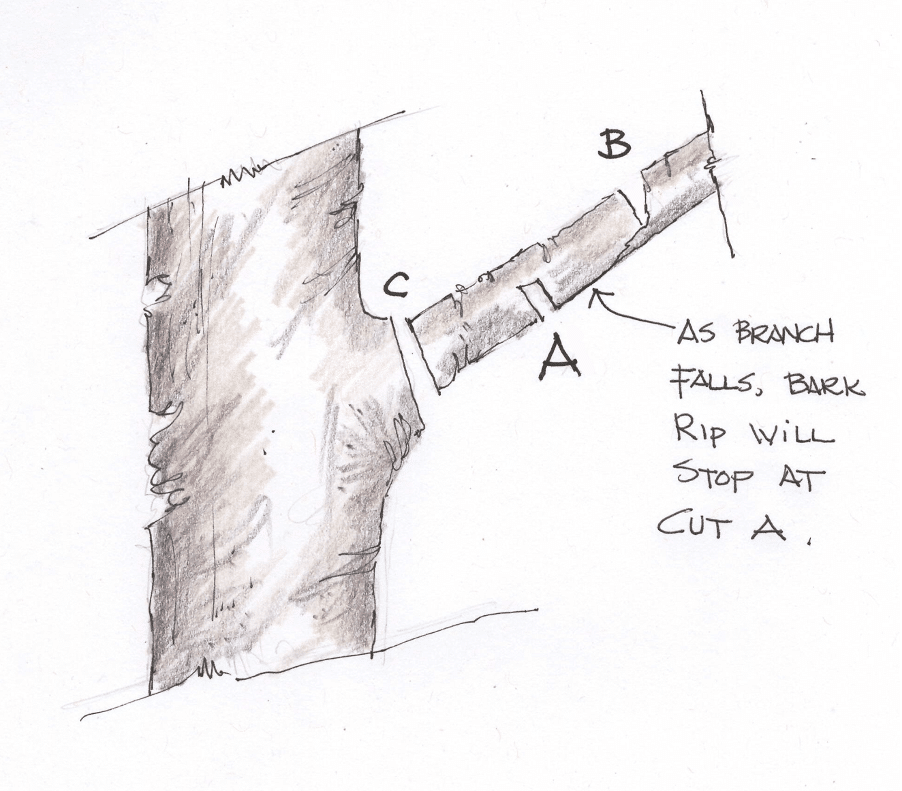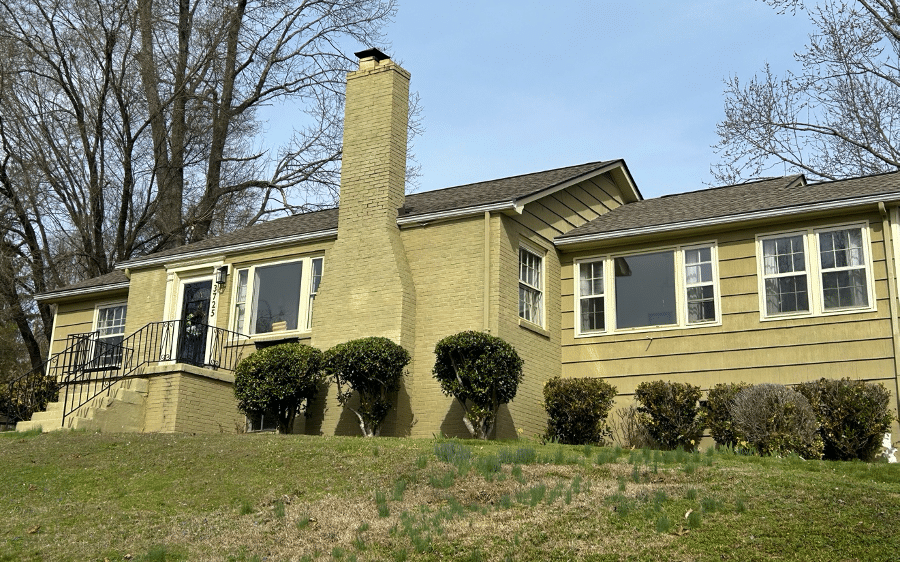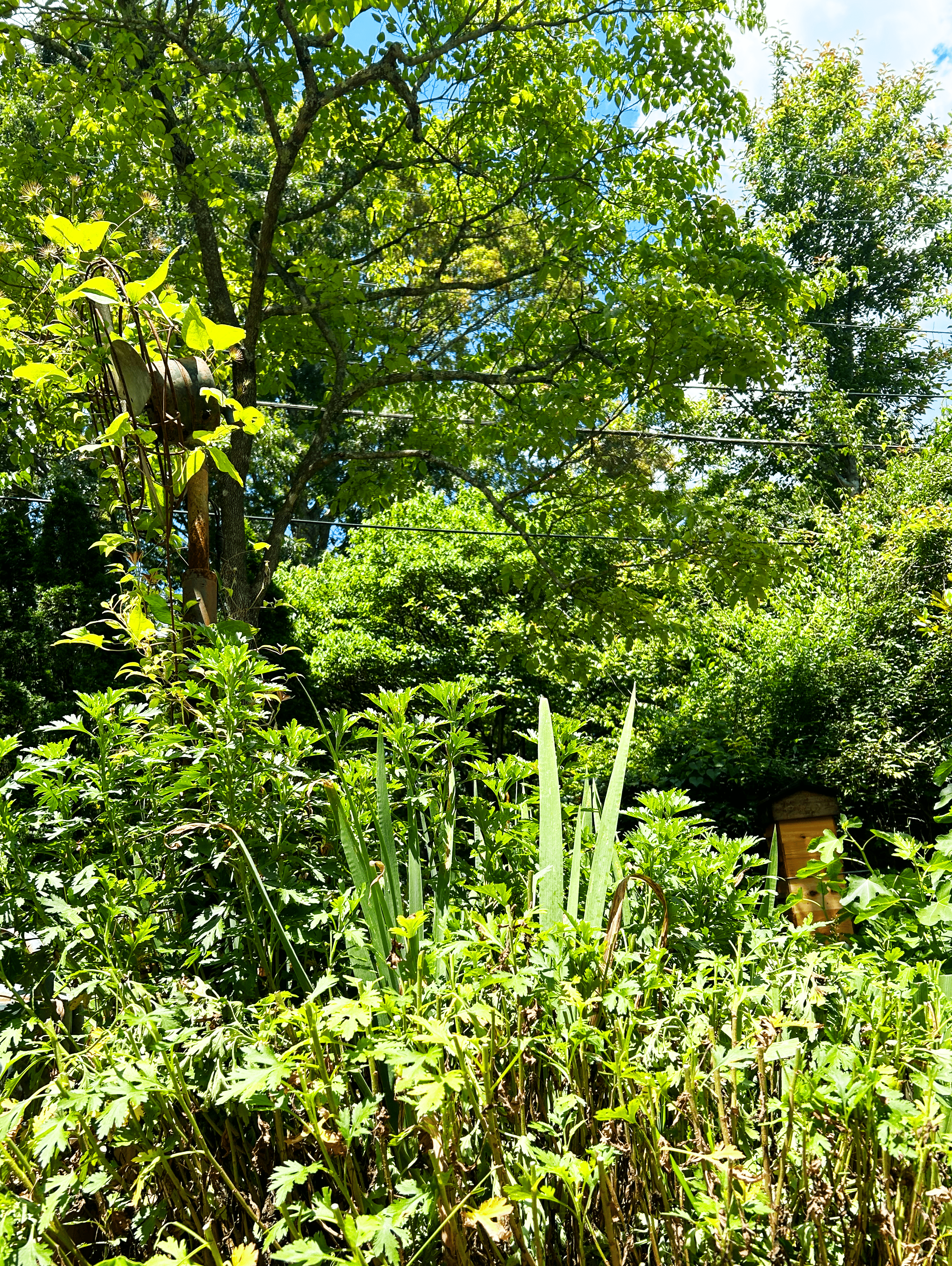Many plants benefit from an occasional haircut

Some of us tend to fear pruning, thinking we’ll cause irrevocable damage but that is not true.
When people find out what I do for a living, I get a lot of questions about all things plants. And I love it! I suppose if I did something harder to relate to there would be fewer questions. The two most common things I’m asked have little to do with garden design but are more along the lines of “What kind of grass seed should I use and when?” And “How and when should I prune my (fill in the blank)?” Full disclosure, there are probably many botanists and nursery folks out there who know more about pruning than I do, but when has that stopped me from giving advice?
Trees – There isn’t a lot to chat about here. Trees were meant to stretch to the sky. If you are concerned with how large a tree is getting on your property, you probably should have done some homework before you planted it to research its mature size. My general advice is don’t top trees! The only pruning you should do is the removal of dead wood/limbs and /or possibly removing a few lower branches when the tree is younger to make navigating your garden a little easier. But don’t be too quick to remove these, especially if they aren’t in the way. Having so low branches on a sturdy tree can make it much easier for kids (or adults) to climb. Remember climbing trees?
I’ve been lucky enough to visit the beautiful country of Japan a couple of times and I was amazed to see the respect their gardeners showed to their trees. Rather than just chop off a limb that seemed to impede movement through a garden, they would carefully stake and support a low-angled branch with a wooden post and some very artistic rope work.

Every branch seems to be sacred in Japanese gardens.

An example of some fine roping and support structure in Japan.
When removing branches over about an inch in diameter, it is recommended to do this via a three-cut process rather than just trying to whack the branch off where it meets the trunk. The reason is that the weight of this branch will be substantial enough that it will rip a nasty wound on the trunk as it falls away. Think of this as cut A, cut B, and cut C. Cut A is made on the underside of the branch about 12” or so from the trunk. This cut only needs to be about ½ way through. Cut B is made on the top of this branch and about 6” further out the branch than cut A. As this cut is made the branch will start to fall but thanks to cut A, the outer (cambium) layer of the branch will stop tearing when it gets to cut A. All you have at this point is a mini stump that can be removed close to the main trunk.

Shrubs – There are so many different types of shrubs that it will be tough to explain the particulars of every species here. I will generalize a little bit but we all tend to underestimate how large shrubs grow. I understand the need to prune/shear/clip shrubs to maintain a certain height as I also do this. What blows my brain cells is when folks also shear down the sides of evergreens to make sure there is always space between the plants. We’re talking about a group of the same species here. What you wind up with is what I call “meatballs on sticks”. It looks ridiculous! Please, for the love of gnomes, allow these plants to hold hands!

Do NOT prune to keep plants from touching.
For any flowering shrubs do any pruning within about 30 days after they bloom. If you wait too long you will risk cutting off the woody part of the plant that forms next year’s flowers. If you mistime this, no big deal but you’ll have to wait an extra year to see flowers.
Perennials – Perennials in general don’t require any pruning but I do want to mention something called The Chelsea Chop. This term gets its name from the famous Chelsea Flower Show in London which takes place when the Brits usually use this technique (Mid-May). To me this is a bit too early so think more like early to mid-June. I just gave my chrysanthemums the “chop” this morning.
The idea here is to cut tall, leggy perennials back by about half their height at this time allowing them to recover on a shorter plant and bloom a little lower to the ground. It usually makes for a fuller plant and helps skip the task of staking or supporting. Some folks prefer to cut back just half the plant in the clump giving them both tall and shorter heights in the same bunch (plus the shorter portions help to act as supports for the taller stems. Perennials that benefit from the Chelsea Chop include rudbeckia, aster, Joe Pye weed, Ironweed, tall phlox, and chrysanthemums.

The outer mums have been “chopped”. The ones in the center are original height with the hope that when they bloom this fall there will be two different layers of color.
Not a lot of groundbreaking information here but sometimes we can just use a little refresher.
Till next time,
KEEP THOSE CLIPPERS SHARP!
Please share and subscribe! https://ahomeforyourgnome.com/

